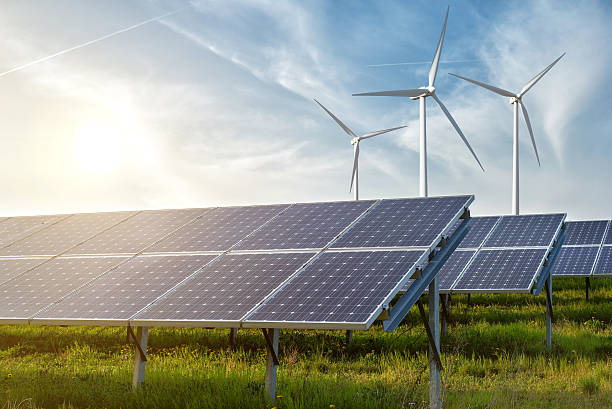
FAQ About Clean Energy
Clean Energy
2 years ago | gizem
How does offshore wind energy differ from onshore wind energy?
Offshore wind energy and onshore wind energy are both renewable sources of electricity generated from wind, but they differ in several key aspects, including location, installation, environmental considerations, and potential benefits. Here's a comparison of offshore wind energy and onshore wind energy:
Location:
- Offshore Wind Energy: Offshore wind farms are located in bodies of water, such as oceans or seas, away from the coastline. They are typically situated in deeper waters, often out of sight from land.
- Onshore Wind Energy: Onshore wind farms are located on land, usually in open areas with consistent and sufficient wind resources. They are more visible and accessible to local communities.
Wind Resource:
- Offshore Wind Energy: Offshore wind farms generally experience stronger and more consistent winds than onshore wind farms. This is due to the absence of terrain obstructions and the proximity to open water, which results in higher energy production potential.
- Onshore Wind Energy: Onshore wind farms can also have good wind resources, but the wind speed and consistency may be influenced by local topography and land use.
Installation and Maintenance:
- Offshore Wind Energy: Installing and maintaining offshore wind farms is more complex and costly compared to onshore wind farms. It requires specialized vessels and equipment for construction, regular maintenance, and repairs in challenging marine conditions.
- Onshore Wind Energy: Onshore wind farms are easier to install and maintain as they are located on land, allowing for direct access to the turbines.
Environmental Impact:
- Offshore Wind Energy: Offshore wind farms have the potential to impact marine ecosystems, including underwater noise during construction, changes in seabed habitats, and potential effects on marine life. However, careful site selection and mitigation measures are employed to minimize these impacts.
- Onshore Wind Energy: Onshore wind farms may have some environmental impact, such as visual and noise impacts on local wildlife and habitats. However, they generally have lower environmental impact compared to offshore wind farms.
Aesthetic Considerations:
- Offshore Wind Energy: Offshore wind farms are often located further from shore and are less visible from land, reducing potential aesthetic concerns compared to onshore wind farms.
- Onshore Wind Energy: Onshore wind farms can be more visible to nearby communities, leading to aesthetic considerations and potential public acceptance challenges.
Grid Connection:
- Offshore Wind Energy: Connecting offshore wind farms to the electricity grid may require longer undersea cables, which can add to the project's overall cost and complexity.
- Onshore Wind Energy: Onshore wind farms can typically connect to the existing electricity grid more easily and at a lower cost.
